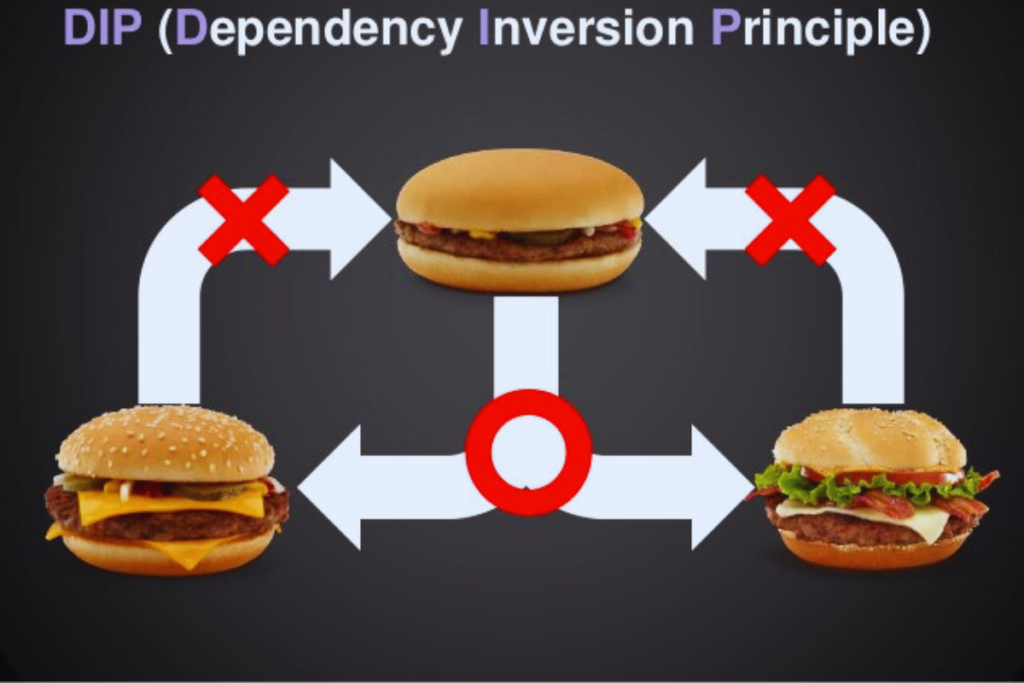In the realm of software development, the Dependency Inversion Principle (DIP) stands as a cornerstone among the revered SOLID principles, guiding developers towards more robust, flexible, and maintainable code. Yet, for many, DIP remains shrouded in mystery. Let’s demystify this principle and reveal how it can revolutionize your coding practices.
The Crux of Dependency Inversion
DIP centers around two pivotal ideas:
High-Level Autonomy: High-level modules, which outline system behaviors, should remain aloof from the intricacies of low-level modules that execute these behaviors. This autonomy ensures that modules are less entangled.
Abstraction Over Details: It’s the essence of DIP that the nuts and bolts of implementation bow to the elegance of abstraction. This hierarchy ensures that changes in minutiae don’t unsettle the grand design.
Practical Magic: Implementing DIP in the Real World
Simplifying Design: Starting with a broad view and narrowing down to specific responsibilities not only clarifies the design but also aligns with the Single Responsibility Principle, paving the way for a class hierarchy that’s both logical and efficient.
Embracing Abstractions: Injecting abstractions into this hierarchy flips the script on dependencies, enabling high-level modules to communicate with lower-level ones without becoming entangled in their web.
Decoupling Control and Dependency: It’s crucial to distinguish between the runtime baton-passing and the static structure of dependencies. DIP ensures that while the day-to-day operations flow downwards, the blueprint of dependency is thoughtfully inverted.
Fostering Team Independence: By abstracting dependencies, teams can progress unimpeded by others’ timelines, using mock-ups to keep the development train moving.
Boosting Team Synergy: DIP not only streamlines development but also enhances team dynamics by allowing components to be declared complete once they fulfill their abstract contracts, promoting a sense of accountability and visibility across the board.

Navigating the Challenges of DIP
While DIP harbors the potential to elevate your code, it comes with its set of puzzles. Crafting abstractions demands foresight, and the added layer of indirection can complicate the code. The key lies in striking a balance, leveraging DIP where it most benefits, without overcomplicating the architecture.
In Conclusion
The Dependency Inversion Principle is more than a guideline; it’s a strategy for developing software that’s resilient in the face of change, conducive to teamwork, and scalable over time. As we continue to explore the SOLID principles in this blog series, DIP shines as a testament to the sophistication and thoughtfulness that modern software engineering demands.





